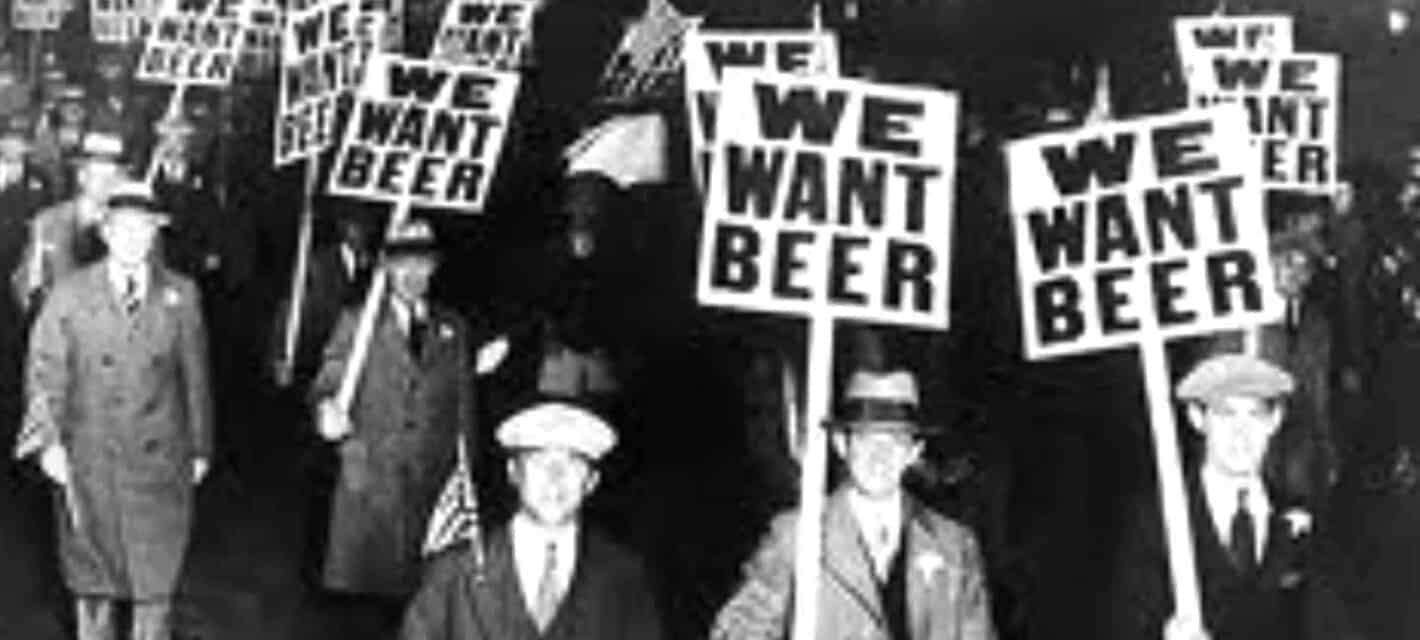The so-called Roaring Twenties was a pivotal decade in the history of the United States. It marked significant and political upheaval as the nation recovered well in the aftermath of World War I. From 1920 to 1929, America’s wealth doubled as the country marched forward on its path to becoming a superpower.
The 19th Amendment in 1920 enabled women to vote while the 18th Amendment, a ban on the sale of ‘intoxicating liquors,’ heralded the beginning of the Prohibition Era. On January 16, 1920, the Volstead Act closed every saloon, bar, and tavern in the U.S. However, this act didn’t turn America into a ‘dry’ nation; quite the opposite. For a start, the Volstead Act didn’t make alcohol consumption illegal; only the manufacture and sale were classified as crimes. As a result, a lot of clubs and bars stockpiled booze before the ban began. New York’s Yale Club apparently had more than a decade’s worth in its basement.
For all the excitement about America’s economic growth as consumer culture took hold, a number of pretty awful things happened during the Roaring Twenties. This included shocking murders, a backward step in education, the rise of organized crime, and finally, the Wall Street Crash that brought the United States to its knees.
1 – Prohibition Was a Disastrous Law

Herbert Hoover referred to prohibition as a ‘noble experiment’ when it became clear that it had failed. In reality, it was an utter catastrophe as it only caused people to drink more. Other consequences include the growth of organized crime, which is on page three, and a descent into a moral abyss. The last fact is rather ironic when you consider the reason prohibition was introduced was to eliminate the ‘great evil’ that alcohol was purported to be.
To be fair, members of the Woman’s Christian Temperance Union (WCTU), one of the leading voices calling for prohibition, had a point. Americans were drinking too much alcohol, and it was a long-standing problem. By the end of the 18th century, it was normal for someone to have a dram of whiskey at breakfast, more alcohol in the afternoon, ale with supper and a nightcap before bed. In 1790, average annual consumption of alcohol stood at 5.9 gallons, a figure that increased to its peak of 7.1 gallons (compared to 1.7 gallons today).
In the 19th century, women had few rights and were dependent on their husband for financial support. They blamed alcohol for the abuse they received and began a campaign to ban it. The WCTU was founded in Ohio in 1874, and it soon became the largest and most influential women’s group in the 19th century. By the beginning of the 20th century, the group’s main focus was on the prohibition of alcohol.
The Anti-Saloon League was founded in 1893 and gave even more strength to the prohibition movement. With the aid of the WCTU in 1916, the League helped oversee the election of the two-thirds majority required in both Houses to initiate the passing of the 18th Amendment. Although they finally got what they had campaigned for, these groups soon came to regret their actions. Within minutes of the Volstead Act coming into law, violence and the theft of alcohol began. These actions would set the scene for the rest of the decade.

